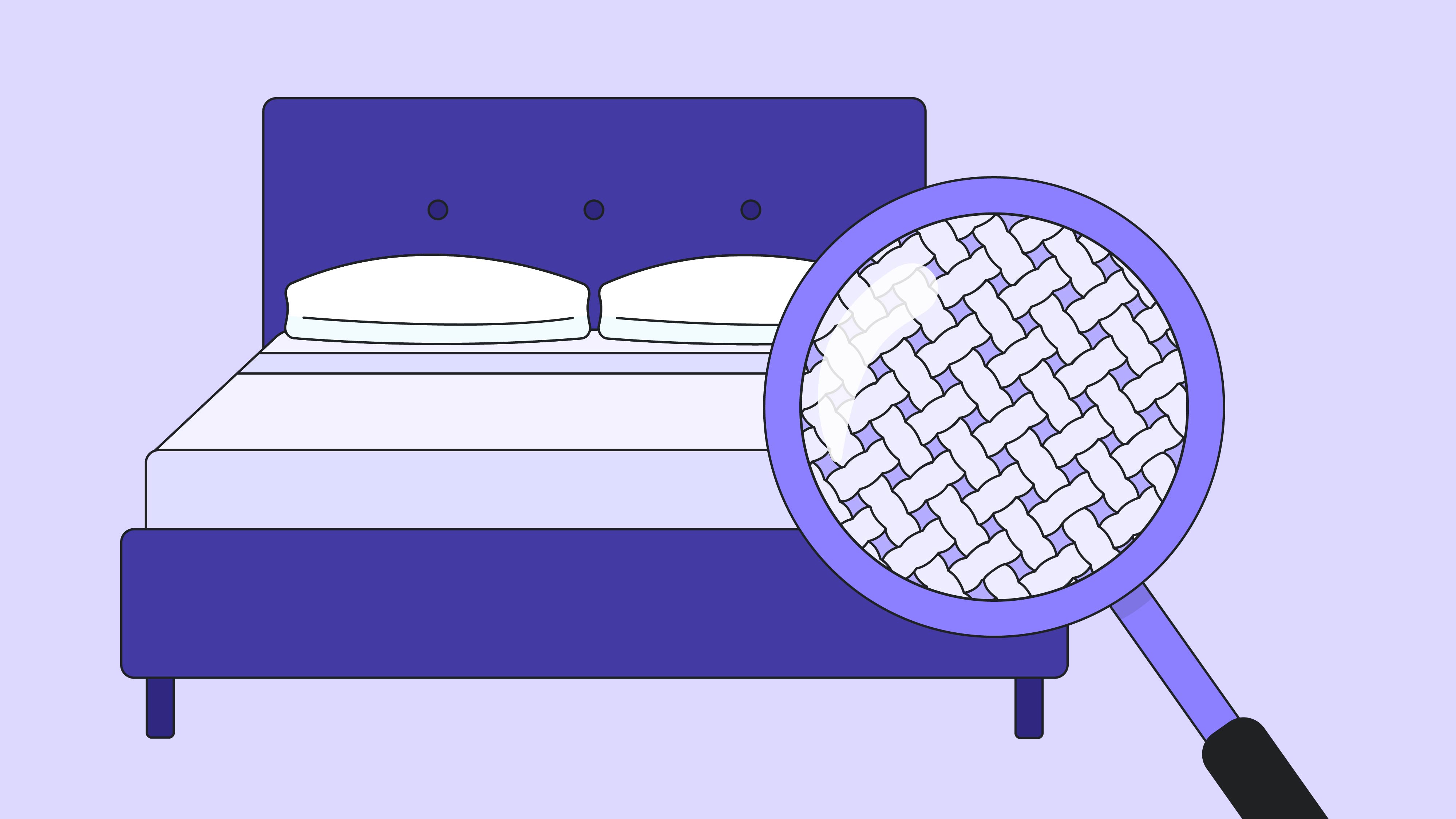
What is the Highest Thread Count for Sheets?

- Thread count is not the sole indicator of sheet quality, as brands often manipulate the count, making it crucial to focus on fabric quality and ply for durable sheets.
- Exaggerated thread counts, marketed by some bedding brands, often rely on multi-ply threads and low-quality fabrics, emphasizing the need to scrutinize fabric material and ply for long-lasting sheets.
- Sheets with thread counts between 300 and 500 are recommended, with an emphasis on combed cotton and percale weaves for a breathable, crisp feel, ensuring a comfortable and durable bedding choice for most sleepers.
When it comes to judging the quality of sheets, most people immediately look at the thread count. A common misconception with thread count is that the higher the number, the better the sheet. Because it’s viewed as the biggest determinant of quality, bedding brands aim to create the highest count sheets. Unfortunately, many brands manipulate their products and sometimes, are not truthful.
30 Second Summary: Best Sheets of 2024
- Our Recommendation: Amerisleep Cotton Sheets. We are fans of Amerisleep’s Cotton Sheet Set for the majority of sleepers. These sheets are 100% combed cotton, have a percale weave, feature a low-wrinkle design, and fall right in the sweet spot for thread count, having a TC of 310. To get the most for your money, we recommend investing in Amerisleep’s sheets.
In recent years, a number of bedding brands have been called on the carpet for marketing their products as having a higher number of threads than they actually do. In 2017, the International Trade Commission issued a general exclusion order banning bedding companies from importing sheets with exaggerated thread counts. Brands in India, China, and Pakistan were caught advertising their products with a grossly inflated counts, which triggered this crack-down by the ITC. Because of the prevalent misleading marketing amongst the bedding industry, many people end up splurging on sheets they believe to be of high-quality only to find out they don’t hold up well.
In this guide, we’ll explain what thread count is and why it’s not the most telling factor in determining which bedding is best for you.
What is Thread Count?
Thread count (TC) is the number of horizontal and vertical threads weaved in one square inch of fabric. The lower the count, the more light and breathable a sheet is, whereas high TC sheets are generally heavier and cozier. When looking at bedding sets, the number of threads is important to consider, but because it’s so commonly manipulated, is not always reliable.
Let’s talk about the tactics bedding brands use to inflate their thread count.
Common Marketing Misconceptions
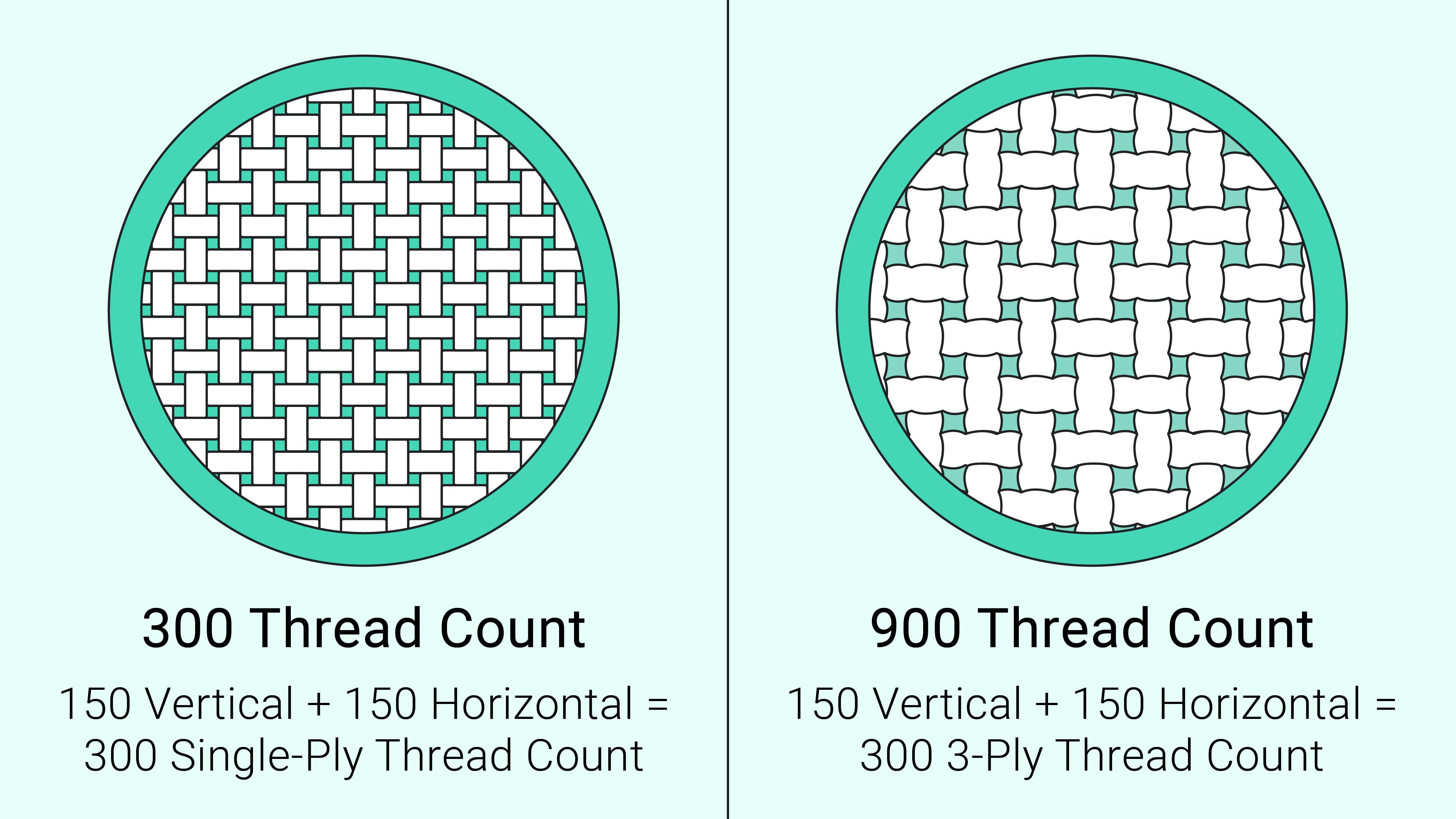
One of the most common ways bedding brands inflate thread count is by using multi-ply threads and counting each strand of yarn as separate threads. Multi-ply yarn features smaller, not as durable, threads, and doesn’t last as long as more durable single-ply or two-ply threads.
To get counts in the 600, 800, or 1,000 range bedding brands will use two-ply or multi-ply threads, weave them into a theoretical 300 or 400 TC sheet, multiply it by the number of yarns per strand, and sell their sheets that way. Meaning, a 300 TC two-ply sheet is often marketed as a 600 TC.
1,000 TC sheets would have to have 500 threads weaved vertically, and 500 threads weaved horizontally. 1,000 individual strands in one square inch of fabric would result in a cumbersome and dense sheet. With that knowledge, it’s safe to assume sheets with counts over 1,000 feature multi-ply yarn; so though it has a high thread count, the quality of the threads is questionable.
Another way to fluff the thread count is to use lower quality fabrics with thinner threads. Good fabrics will have thicker, stronger strands that are more resistant to wear and tear. When a material has thicker strands, less of those strands are able to fit in one square inch, resulting in a lower number. However, thicker strands are better in regards to durability than thinner strands. For the most part, you’re always better off choosing a high-quality fabric with a low TC rather than something with a higher count.
Why is Ply Important?
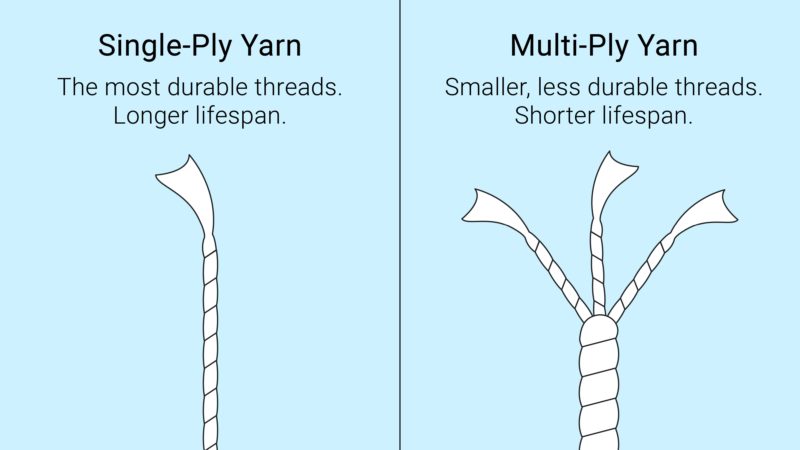
Ply indicates the number of yarns in each singular thread, and looking at the ply of the threads is often a better indicator of the durability of the fabric than the thread count. One-ply threads only have one strand of yarn per thread, while two-ply threads have two strands of yarn per thread. If threads are labeled as “multi-ply,” they contain more than two strands of yarns per thread and are likely of poor quality. When choosing sheets, make sure the threads are one or two-ply to get the best quality fabric.
What is the Best Thread Count for Sheets?
Even though it’s been long-thought that sheets with higher thread counts are the best to buy, many sleep specialists agree the best sheets have a count between 300-500. At Sleep Junkie, we recommend finding a sheet set with a thread count between 300 and 400.
However, if you’re somebody who prefers a cozier, thicker sheet, you certainly can find something of high-quality between the 400 and 500 TC mark. You should be raising an eyebrow at sheets with a thread count over 500.
How Do You Judge the Quality of Sheets?

Beyond thread count, there are several ways to judge the quality of a set of sheets. For starters, the most important thing you should look at is the material of the sheet itself. Are you buying cotton or a set with synthetic fibers? Cotton is regarded as the best fabric for sheets because it’s breathable and long-lasting.
In addition to the material of the fabric, look at how your sheet has been treated. Many bedding brands use chemical-based polishes or waxes to give their sheets a shine. Though the sheets look nice at first, after a few washes, your sheets are often left looking worn and old.
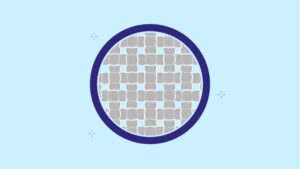 A good set of sheets will look better and feel softer with every wash, not do the opposite. To ensure your sheets will look pristine for years, choose a set that hasn’t been chemically treated. Plus, choosing all-natural or organic sheets that are free of chemicals are better for your health.
A good set of sheets will look better and feel softer with every wash, not do the opposite. To ensure your sheets will look pristine for years, choose a set that hasn’t been chemically treated. Plus, choosing all-natural or organic sheets that are free of chemicals are better for your health.
Lastly, as we mentioned before, always check the ply of the threads. Multi-ply yarns should be avoided, as one-ply and two-ply yarns are almost always the better choice.
Who is Suited for High Thread Count Sheets?
Before we dive into this section, it’s important to clarify that when we use the term “high thread count,” we are referring to sheets in the 400 and 500 range. Though sheets with counts over 1,000 are typically regarded as having the highest TC, they’re the most questionable. To find a quality, high thread count sheet, choose something between the 400 to 500 TC range.
High count sheets, as we stated earlier in our article, feel heavier and usually, cozier, than sheets with a lower count. The more strands in one square inch, the less breathable and airy it feels. High thread count sheets are best suited for people who live in colder climates or struggle to stay warm at night. Because more often than not, people report waking up hot in the middle of the night rather than cold, we expect most people are better off with more breathable sheets.
In the next section, we’ll touch on our recommended top-quality sheet that’s fitting for the majority of sleepers, as well as our recommended high-thread count sheet for those who need a thicker, warmer sheet.
What are the Best Sheets to Buy?
| Sheets | Highlights | Price (Queen) | |
|---|---|---|---|
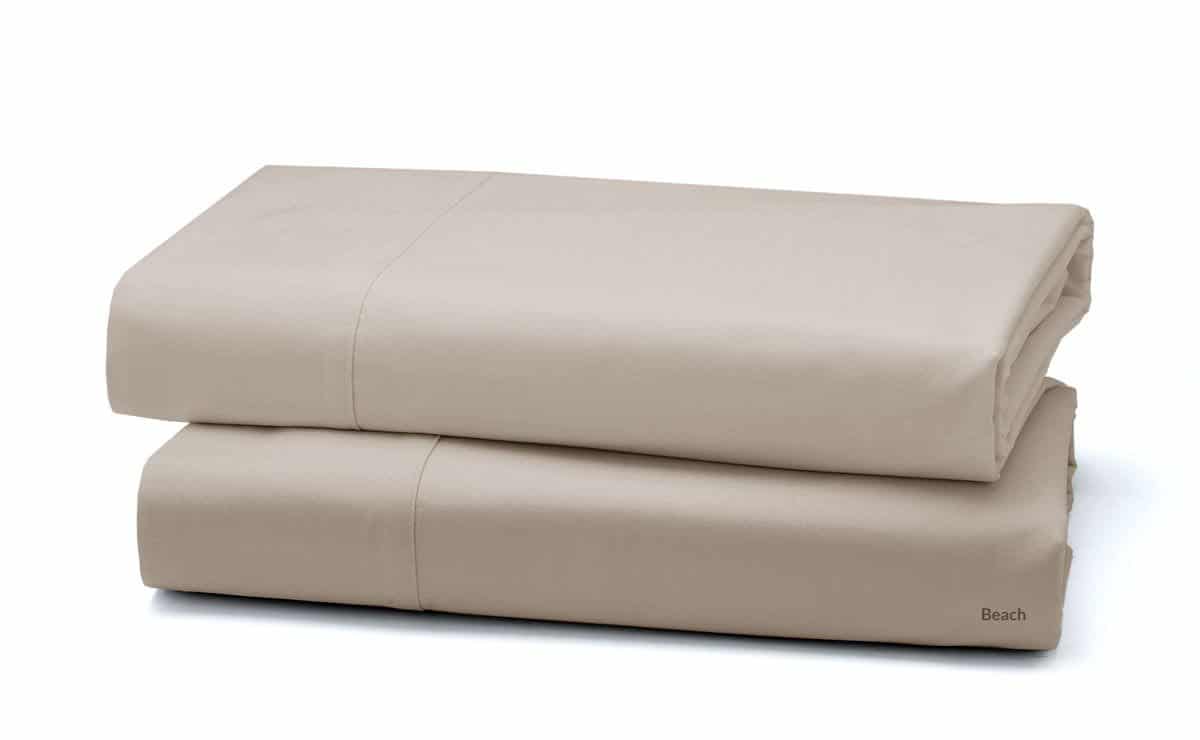 | Amerisleep Cotton Sheet Set | Percale weave, 310 thread count | $140Buy Now |
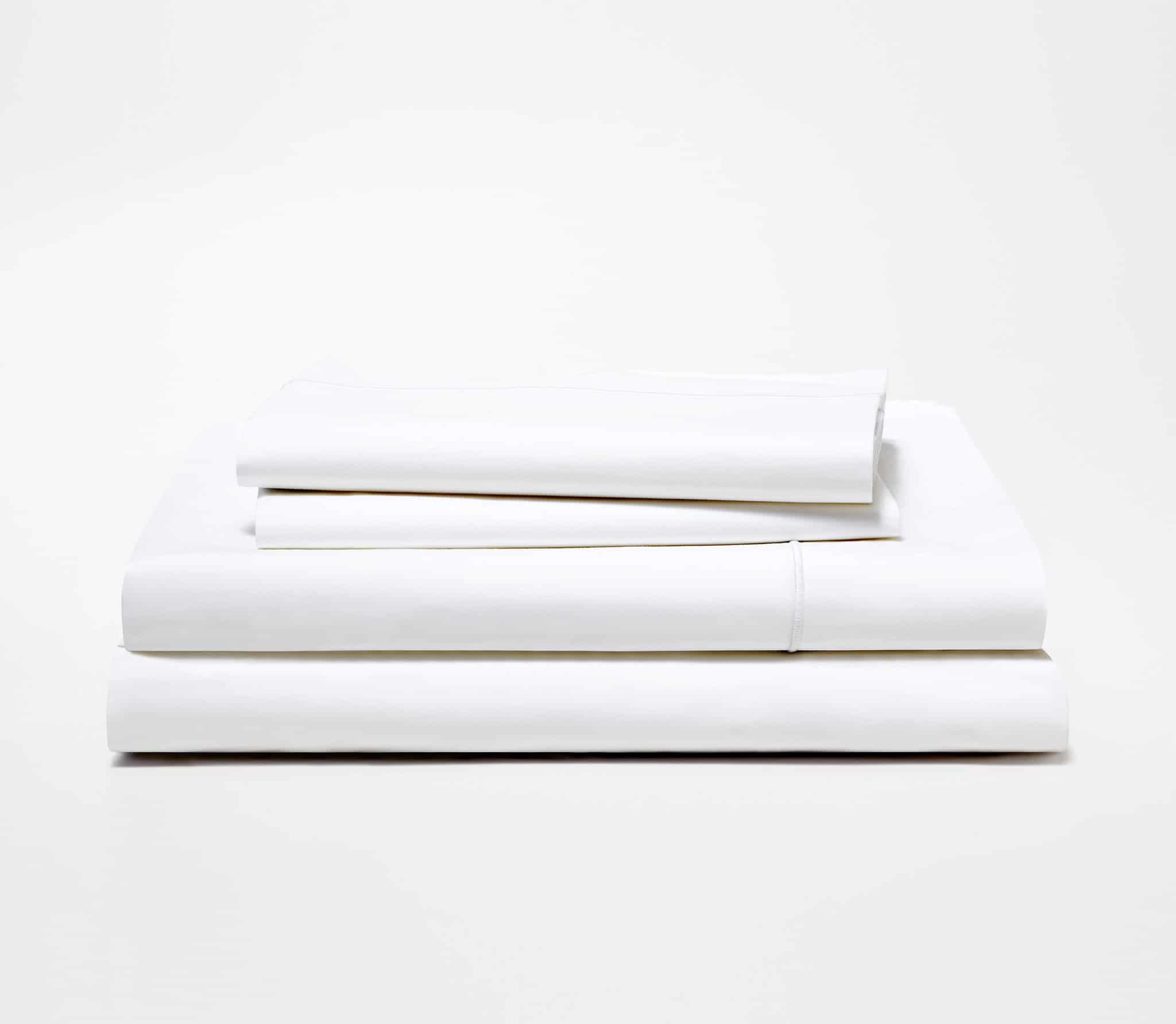 | Snowe’s Percale Sheet Set | Percale weave, 500 thread count | $198Buy Now |
Amerisleep Cotton Sheet
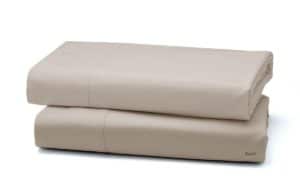
At Sleep Junkie, we believe the best sheets you can buy for the majority of sleepers are Amerisleep’s Cotton Sheet Set. We’re fans of this sheet set because it’s 100% combed Upland cotton and 310 TC. Combed cotton is usually longer-lasting than cotton that is uncombed because the combing process helps pull all the shorter, flimsier strands from the fabric— leaving a weave of long, durable threads. Amerisleep’s sheet set also features a low-wrinkle design, which makes their sheets easier to wash and maintain. A concern with cotton bedsheets are their tendency to wrinkle, so Amerisleep’s low-wrinkle technology is a major bonus for people who are bothered by a messy bed.
These sheets have a percale weave, so they feel crisp and cool to the touch. Plus, because they have a count of 310, they should be airy, allowing for hot air to escape out of the bedding. Amerisleep’s sheets are compatible with mattresses up to 18 inches thick, meaning they should fit just about any bed. A Queen set of Amerisleep’s top-rated sheets is $140, and as a bonus, they’re backed by a 5-year warranty.
Best High Thread Count Sheets
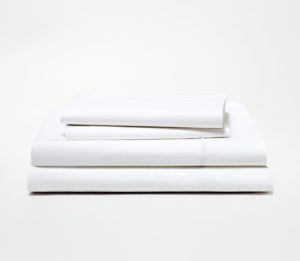
Sleepers who are seeking a high thread count sheet should consider Snowe’s Percale Sheet Set with a 500 thread count. We like this sheet set because it uses high-quality, Italian milled Egyptian cotton. A Queen set of these sheets cost $198.
Like the Amerisleep sheets, Snowe’s Percale Sheet Set has a percale weave, so they feel breathable and smooth. We expect these sheets to be long-lasting and durable because they feature long-staple and extra-long-staple fibers, which are resistant to pilling and hold up longer. These sheets fit mattresses up to 17 inches thick, so they’re compatible with a majority of beds sold.
Research and Resources
In making this article, we:
- Did a deep-dive into the specifics of thread count and how it can be manipulated.
- Referenced multiple third-party news sites such as Washington Post and Business Insider for the most comprehensive information.
- Spent 8 hours writing and revising the article to deliver the most value-driven, accurate content possible.
Brushing Up on the Basics of Thread Count
We hope this article has helped you get a better understanding of the ins and outs of thread count. Don’t fall for the marketing traps many bedding brands set, and avoid sheet sets labeled as having thread counts above 500. Get the most for your money by investing in a top-rated sheet set that features durable fabrics, one or two-ply threads, and lower thread counts. To learn more about how to find the best sheets, check out our other bedding guides that explain what to look for when shopping for sheets.

Comments (3) Leave a reply
I always thought that high TC sheets were considered the BEST and most luxurious. Little did I know I was actually the one causing my husband’s misery at night, waking up in a pool of sweat. I sleep cold, so of course I never really noticed a difference. But I thought something was going on with our AC because my husband is waking up every night in pools of sweat! I am so glad I read this article because now I will be looking for a lower count thread sheet that will make both him and myself more comfortable at night! 🙂
I, among others, assumed the higher the TC, the better quality. I was about to buy a 1200 count on Black Friday and thought I was getting the deal of the century. As I am always hot, I decided to look into this 1200 count and see if it is really what I need. Most of my sheet are bought on impulse, on sale, or given to me, and I never really investigated what I was buying. This article was such an eye-opener. I thank you for the education.
Wonderful explanation of TCs! Great job girls/guys!